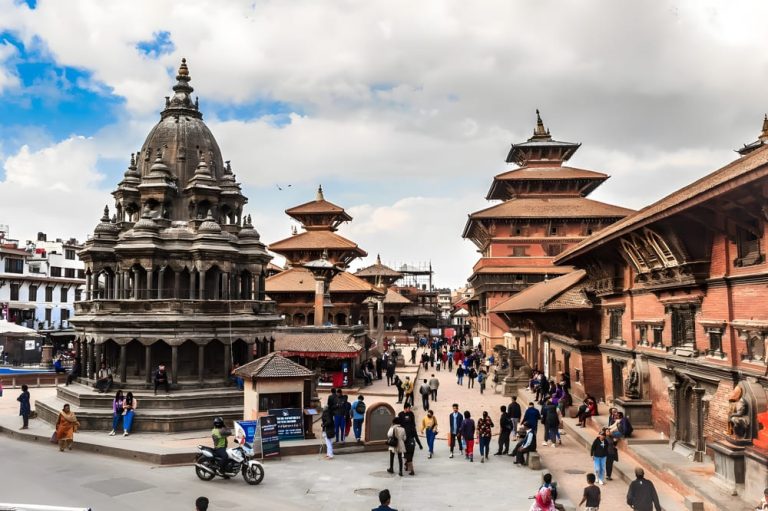Nepal is witnessing a wave of protests calling for the return of the monarchy, nearly two decades after the former king was forced to step down. People are voicing frustration with political instability, corruption, and economic struggles. The protests have turned violent, leading to clashes, arrests, and curfews in the capital, Kathmandu.
Protests Demand the Return of the King
Thousands of demonstrators have gathered in Kathmandu, chanting slogans in support of former King Gyanendra Shah. Many carried banners and waved flags, demanding the restoration of the monarchy. On Friday, protests turned violent, leading to the deaths of two people and prompting the government to deploy security forces.
Despite curfews and arrests, demonstrations continue. Gyanendra Shah’s Rastriya Prajatantrik Party is leading the movement, arguing that Nepal’s current system has failed to bring stability. Since the monarchy was abolished in 2008, Nepal has seen 13 different governments in just 17 years. Supporters of the former king believe he could restore order and revive Nepal’s Hindu identity.
Why Was the King Removed?
Nepal’s monarchy, which lasted for over 240 years, ended in 2008. Gyanendra Shah became king in 2002 after a tragic massacre at the royal palace. Initially, he ruled as a constitutional monarch without direct power. However, in 2005, he seized full control of the government, dissolving parliament, jailing political leaders, and restricting press freedom.
His rule led to mass protests in 2006. The movement was led by a coalition of political parties and the then-banned Communist Party of Nepal (Maoist). The protests turned deadly, with at least 23 people killed. Under pressure, Gyanendra reinstated parliament in April 2006 and handed power to an interim government.
In 2008, Nepal officially became a republic. The monarchy was abolished, and Gyanendra Shah was forced to leave the royal palace. He moved to Nagarjuna Palace, where he has lived since.
Why Do People Want the King Back?
Many Nepalis feel that the current political system has failed. They blame the government for corruption, economic struggles, and a lack of stability. The frequent changes in leadership have made governance difficult, with politicians accused of prioritizing personal interests over national development.
Supporters of the monarchy believe that Nepal needs a strong leader who can bring back stability. Many protesters argue that democracy has not improved their lives and that the country was better under royal rule. Some who once opposed the monarchy, like carpenter Kulraj Shrestha, now support it.
“The worst thing happening to the country is massive corruption,” Shrestha said. “I protested against the king in 2006, thinking democracy would make things better. I was mistaken. The country is in a worse state now.”
Challenges to Restoring the Monarchy
Despite the growing support for King Gyanendra, a royal comeback faces major obstacles. Nepal’s constitution does not recognize kings, and reinstating the monarchy would require significant legal changes. Parliament, where monarchists hold few seats, would need to approve such an amendment.
Prime Minister KP Sharma Oli has dismissed the idea of bringing back the monarchy. Instead, he suggested that Gyanendra Shah should participate in elections if he wants political power.
“If he wants to rise to power, let him contest elections,” Oli said. “Our constitution does not recognize kings. No one should dream of reinstating the monarchy.”
Uncertain Future for Nepal’s Monarchy
The protests reflect growing discontent with Nepal’s political system. While many want a return to monarchy, others believe the country should strengthen democracy instead. Whether Gyanendra Shah will return to power remains uncertain. However, the increasing support for the monarchy signals deep frustration with the government.
As protests continue, Nepal faces a crucial moment in its history. Will the people’s demand for change lead to the return of the king, or will Nepal’s leaders find another way to restore stability? Only time will tell.


